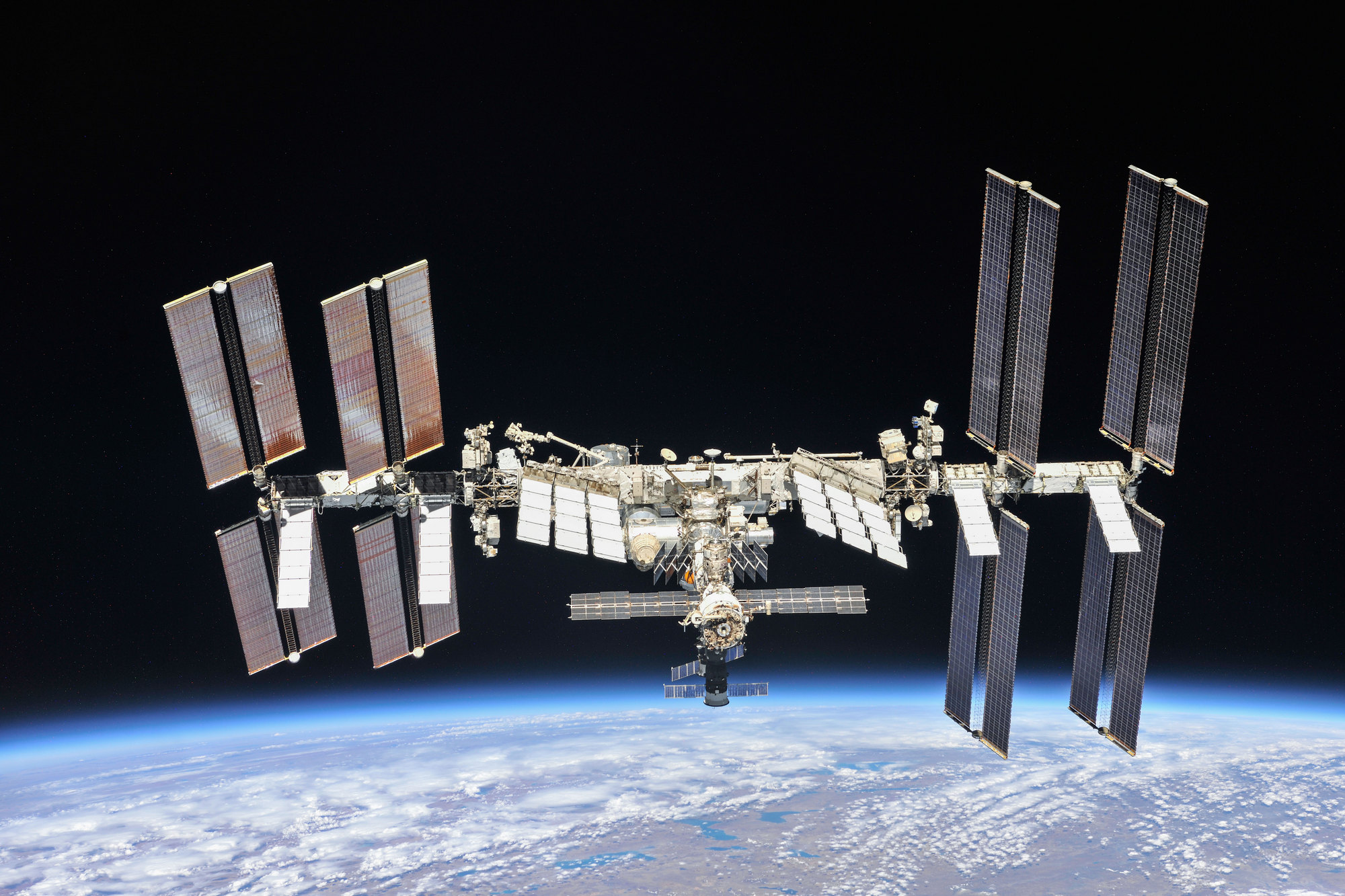air leaks They are not new to International Space Station (ISS). For years, astronauts at their facilities and engineers on Earth have had to deal with them to keep their crew members safe. Until now they have been supported through patches. Literally in some cases. But the problem has already reached a much larger scale, which could lead to the station going out of service.
This is planned for 2030. The project’s various space partners have decided to continue working on it until this year. So, will be deorbited and using a SpaceX capsule it will be dropped into the Pacific Ocean. But to do this, it must continue to operate safely, and air leaks complicate the task.
Both POT like the Russian Space Agency, Roscosmosannounced an increase in air leakage rates since February last year. The most important problem is in the tunnel leading to the docking station in the Russian area of the ISS. Both departments are ready to take extreme measures if necessary. The only problem is that they haven’t agreed on when to accept them.
Risks of air leaks on the International Space Station
Air leaks from the ISS have been causing headaches for NASA and Roscosmos since 2019. Logically, this is something that cannot be ignored as it could jeopardize the integrity of the facilities and the safety of crew members.
Since then, repair maneuvers have been carried out that averted the danger. But the situation is becoming more and more complex. NASA has a system that evaluates rating from 1 to 5 both the likelihood and severity of the risk. In the case of air leaks from the ISS, both options already have 5 points.
In a NASA report they indicate that by April of this year the largest leak had grown to almost 1.7 kg per day. This is the highest figure that has been recorded so far. Roscosmos made a decision close the hatch the area in which it is located when not in use. Thanks to this, the situation is more or less controlled, but not completely.
Its engineers and astronauts know that if the situation becomes unsustainable, they will have to close the hatch for good. The problem is that if this happens, they will lose one of their docking ports. Progress and Union.
Yet, rather than putting the crew in danger, it is obvious that this measure should be carried out. When? This is where the two space agencies disagreed. They have not yet determined what that point of no return will be.
Work for a while
Ideally, the ISS should remain in orbit until 2030. However, if air leaks continue, the date may have to be rescheduled. This is a problem because SpaceX’s capsule project to deorbit and return parts of the station to Earth is currently stalled. lack of budget and programming problems. If an object suddenly had to be abandoned, there would be no way to remove it from orbit without turning it into a huge mass of space debris.

Time will tell whether this is necessary and whether SpaceX has enough funding to build its ship. At this point, we must find a way to stop the air leakage as much as possible. We will be careful.
Source: Hiper Textual













